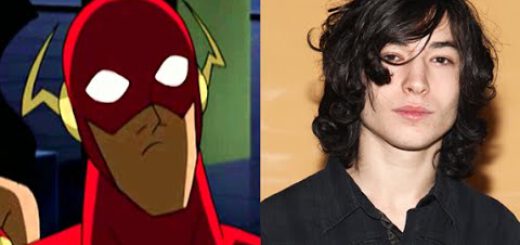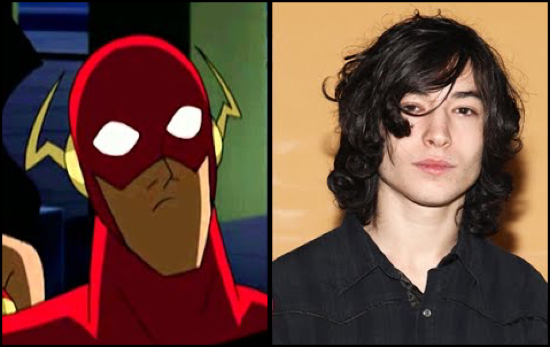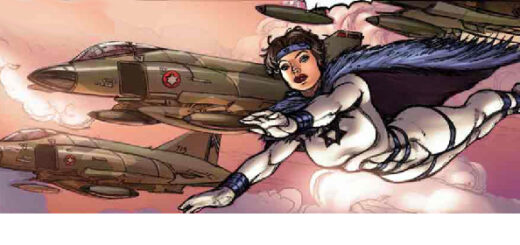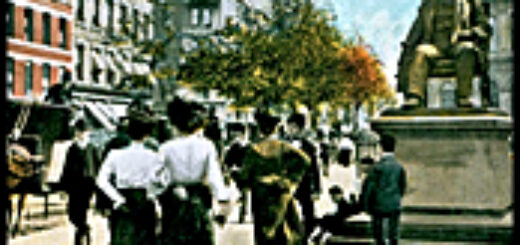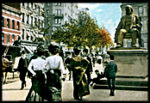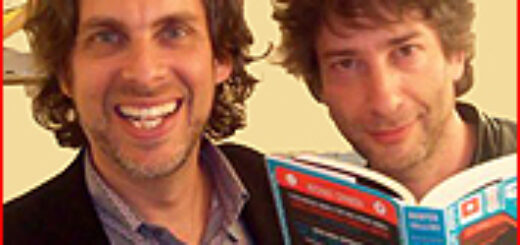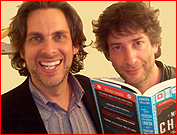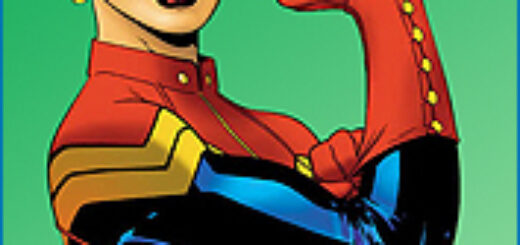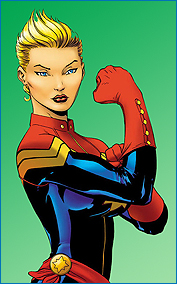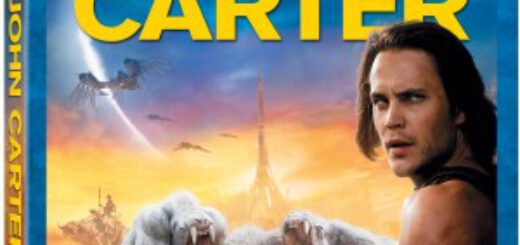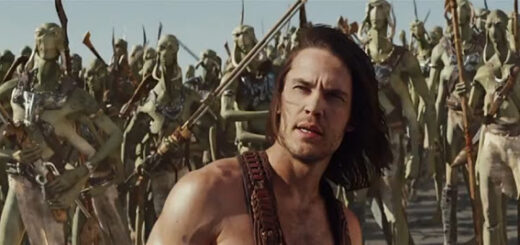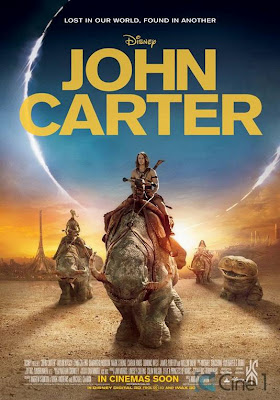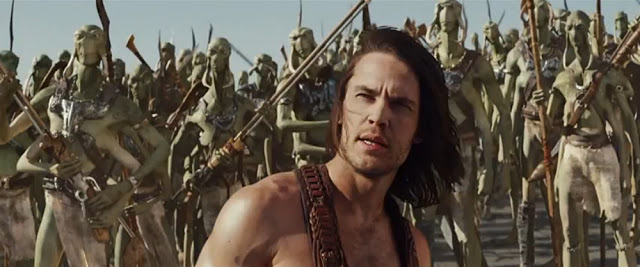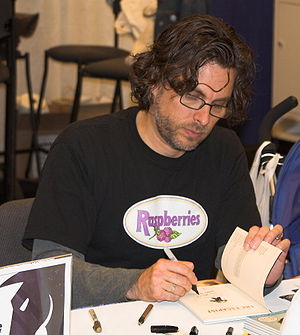Mindy Newell: Mindy’s Mishes And Moshes
This week is a mish-mash featuring my reactions and thoughts to some of my fellow ComicMix columnists and two reader’s thoughts on my column from last week.
In response to my column last week, which I wrote while watching the New York Giants/Green Bay Packers wild card playoff game, Mark Belktron wrote:
Johnny O (the O is for Ostrander) talked about the King, a.k.a. Jack Kirby, yesterday, and his first encounter with the “mild-mannered” genius of the four-color page. Hey, John, did you read the Pulitzer Prize-winning The Amazing Adventures of Kavalier and Clay, by Michael Chabon? If not, you really must! In fact, as I once mentioned long ago and far away (but not in another galaxy – at least, I think not), anyone who claims to be a comics fan must – im-not-so-ho, of course – read this, uh, amazing semi-fictionalized and semi-biographical novel of the birth of the comics industry in Depression-era America.
On Friday (January 14), Marc Alan Fishman did a “Tim Gun” critique of the DC film version of Justice League PR picture, which accompanied an article about the film in USA Today. I don’t read that paper, so Marc’s column was the first time I saw this pix. I think Marc has it correct, for the most part.
Batfleck does look fitting (as in, it fits the character), although I have always wondered, going all the way back to Michael Keaton’s turn as the Caped Crusader in Tim Burton’s original Batman (1989), just how weighty and cumbersome the… costume? uniform?… let’s go with “outfit”… and how the athletic and martial-arts empowered Gotham Knight is able to move so swiftly and ably wearing that thing – hmm…have any of the cinema Batmen been able to even turn their head to talk to someone or espy something without having to turn the whole body? (Yes, unwieldy sentence, but so is the suit. Isn’t it?)
Also love, love, love Gal Gadot’s Wonder Woman (as I’ve mentioned numerous times before), but, unlike Marc, I don’t care that the colors of her armament are subdued. Of all the characters’, um, outfits, hers is the most realistic and closest, im-not-so-ho, to what Amazon warriors would wear to battle over 2000 years ago. The others don’t bother me one way or another. Cyborg is just another variation on a, well, cyborg. The Flash and Aquaman are pretty much what I would expect from a Zack Snyder film – and I don’t think that the orange-and-green “look” of the comic would ever translate well to the big screen, and barely to the small screen, for that matter. Anyway, it makes sense that the colors of the deep, dark sea, down so far that sunlight is an unknown (think views of the wreck of the Titanic, lit by mini-submarine) would be reflected in what the “King of the Sea” wears.
My only question about Flash continues to be – why hire a new actor (Ezra Miller) to play Barry Allen when Grant Gustin is just so damn excellent in the role? Yeah, yeah, I know…the televerse and the cineverse are alternate realities, or something. But here, once again, Marvel does it better, blending their ‘verses into one smooth reality.
“That game not only got away from the Giants, but the backlash in the media against OBJ [that’s Giants wide receiver Odell Beckham, Jr. for you non-football people] the next day is killing me as a fan. Have you watched OA yet?”
Sorry, Mark, but im-not-so-ho, a player with the vaunted ability of OBJ should have caught both of Eli’s passes early in the first quarter…especially that wide-open beauty in the end zone. I don’t really care what the players do off the field – well, barring domestic violence and any other behavior which can lead to some serious injury to themselves and/or others (New York defensive end Jason Pierre-Paul blowing his hand up real good with a firecracker, for instance) – if they show up on the field. My brother thinks OBJ is overrated, and I do tend to agree with him, if only because the wide receiver is too damn inconsistent to be placed with the other great wide receivers of the game. The players of the NFL apparently get it – OBJ was named to the All-Pro second team this year.
Regarding that same column, in which I wondered if the new 24 will be “worth it,” ReneCat said:
“Mindy, you hit the nail on the head! 24 without Jack (especially) and Chloe is just 24 Lite.”
Perhaps I’m just a big, bitter grump, ReneCat. (Reference Star Trek: The Original Series, Season One, Episode Eight: “Miri.”) I just watched the last three episodes of last season’s Homeland before watching the sixth season of the show on Showtime last night; Miranda Otto was so remarkable as Russian double-agent Allison Carr, and she (Miranda, not Allison) – who ended up “dead real good,” riddled with bullets in the trunk of the car that was getting her out of Germany – is playing Rebecca Ingram, the former head of the CTU who is apparently now regretting leaving the intelligence agency. It is, according to the Fox Network, one of the leading parts. So I will definitely being turning in to watch, at the very least, the premiere of 24: Legacy.
Mike Gold’s column on River Song, the “remarkably capable, strong and intelligent archaeologist/con artist/warrior-protector with a great sense of humor and about 92% of all the sexuality ever expressed in the 54-year history of the program, she has been, is, and/or will be married to the Doctor” was right on the mark, for my money. Very coincidentally, I just ordered The Diary of River Song before reading Mike’s column, although since I hadn’t read Mike’s column I got the more expensive set on Amazon instead of at Big Finish. I would have cancelled the Amazon order and gone over to Big Finish, but my package has already shipped, to be delivered tomorrow. Oh, well. As Mike said:
“I hope to see River return sometime this season as it is Steven Moffat’s last as writer/showrunner. I hope to see River Song return anywhere at any time, if that latter phrase has any real meaning in a world where time travel exists.
“But, hey, I’ll settle for Alex Kingston returning damn well anywhere.”
Me, too, Mike!
Well, that’s about it for this week, folks. My column, as usual, is running late – unusually so this week, as between my full-time job and my parents’ ill health I haven’t had the time or the “mood” to write. Apologies to my fellow columnists whom I haven’t mentioned, except to say that, in regards to graphic novels and comic shops, Martha Thomases and Ed Catto, I am guilty of buying the collected issues in one volume. And also, Arthur Tebbel, the only movies that I saw on your list of the Worst Movies of 2016 were Batman vs. Superman: Dawn of Justice and Independence Day: Resurgence, and that I couldn’t even get past the first half-hour of the later (which I tried to watch on Netflix) and that the former was a travesty of great proportion, except for, once again, Gal Gadot’s Diana, Princess of Themyscira.
Addendum: By the time of next week’s column, we will have had one full weekend of President Donald J. Trump. Will we all still be here? Will there even be a column? Will America be…Amerika?

